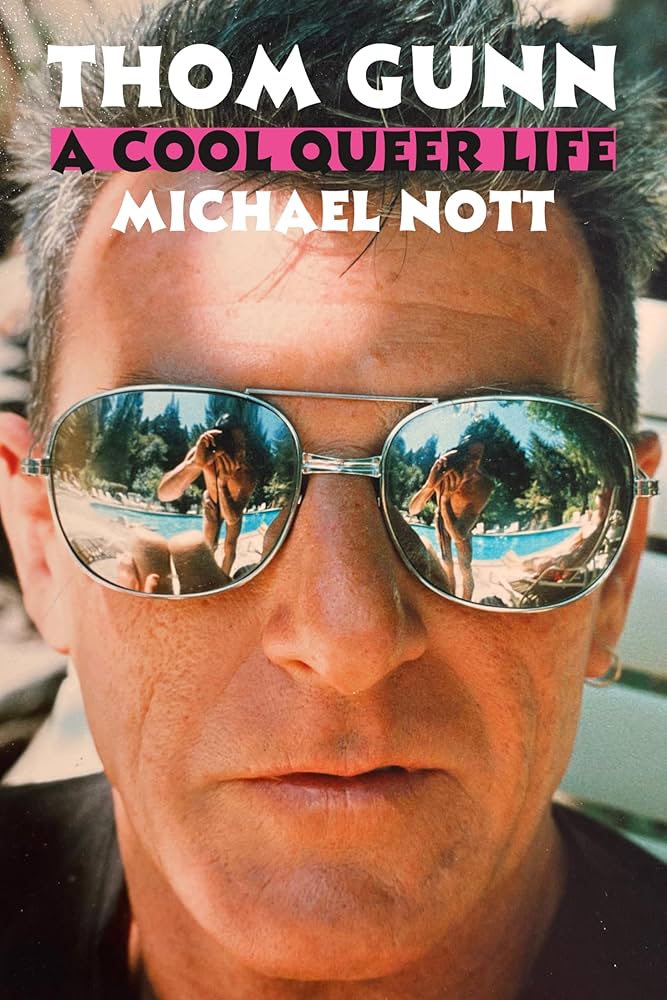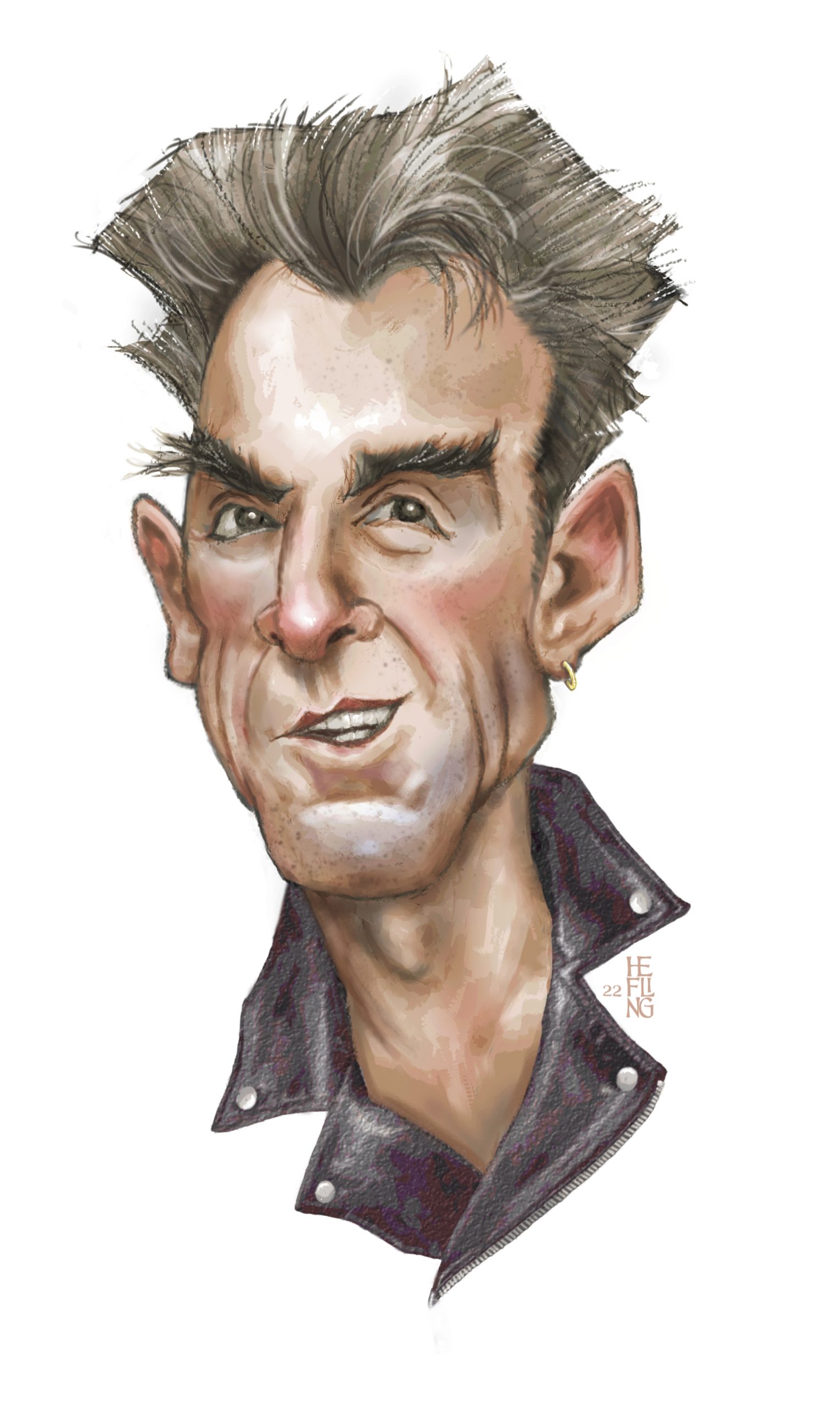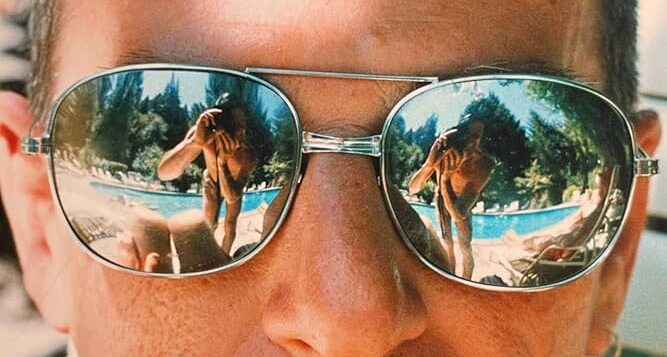 THOM GUNN
THOM GUNN
A Cool Queer Life
by Michael Nott
Farrar, Straus and Giroux
720 pages, $40.
Gunn was born in England in 1929; both parents were journalists. At the age of 15, he and his younger brother Ander found their mother dead from suicide. It took him over fifty years to address this profound loss. In one of his last poems, “My Mother’s Pride,” he wrote: “I am made by her, and undone.” He was educated at Cambridge University and wrote his first collection of poems while still an undergraduate. Gunn’s early poetry was erudite, witty, and elegantly wrought, but it was seen as coolly detached, framed in meter and rhyme. As he progressed, he experimented with syllabic and free verse, juggling tradition and innovation along with high and low themes.
 At Cambridge, he met his life-partner Mike Kitay, an American theater artist. In 1953, they moved to California and settled into the Bay Area. A Guggenheim Foundation fellowship allowed him to put a down payment on their Victorian house in San Francisco’s Upper Haight neighborhood. Gunn taught at UC Berkeley from 1958 to 1999, but only one term each year so he could focus on writing. California themes infused his poetry. Drug-taking, gay sexuality, and hypermasculine bikers in leather were lyrically portrayed. He also published analytical essays about William Carlos Williams, Gary Snyder, Robert Duncan, Ezra Pound, Elizabeth Bishop, Marianne Moore, and other poets he admired.
At Cambridge, he met his life-partner Mike Kitay, an American theater artist. In 1953, they moved to California and settled into the Bay Area. A Guggenheim Foundation fellowship allowed him to put a down payment on their Victorian house in San Francisco’s Upper Haight neighborhood. Gunn taught at UC Berkeley from 1958 to 1999, but only one term each year so he could focus on writing. California themes infused his poetry. Drug-taking, gay sexuality, and hypermasculine bikers in leather were lyrically portrayed. He also published analytical essays about William Carlos Williams, Gary Snyder, Robert Duncan, Ezra Pound, Elizabeth Bishop, Marianne Moore, and other poets he admired.
In 1992, he published an elegiac collection, The Man With Night Sweats, which grappled with the AIDS pandemic. In one poem, he laments: “Now as I watch the progress of the plague,/ The friends surrounding me fall sick, grow thin,/ And drop away.” It became his most acclaimed work, emblematic of the power of art to speak to unbearable loss. The following year he was awarded a MacArthur Foundation “Genius” grant. His final book of poems, Boss Cupid, was published in 2000, the year after he retired from teaching. His recreational use of crystal meth had spiraled into addiction as he increasingly tweaked with “homeless speed freaks” that he picked up to have sex with, according to housemates. In 2004, they found him dead at the age of 74.
Nott’s scholarship is impressive, with 144 pages of footnotes referencing interviews, letters, notebooks, and diary entries. The book takes us into the artist’s compositional process, as drafts and unfinished works are highlighted. Often reticent about feelings, Gunn told critics: “I don’t like dramatizing myself.” This important new biography illuminates the private life of Thom Gunn and, by uncovering some of his sources of inspiration, makes his beautiful words ever more resonant.
______________________
* For additional material on Thom Gunn, visit the G&LR archives, notably: Felix Hawlins’s review of The Letters of Thom Gunn (March-April 2022); and remembrances by Chuck Forester (Sept.-Oct. 2005) and Alfred Corn (Nov.-Dec. 2022).
John R. Killacky is the author of Because Art: Commentary, Critique, & Conversation.






